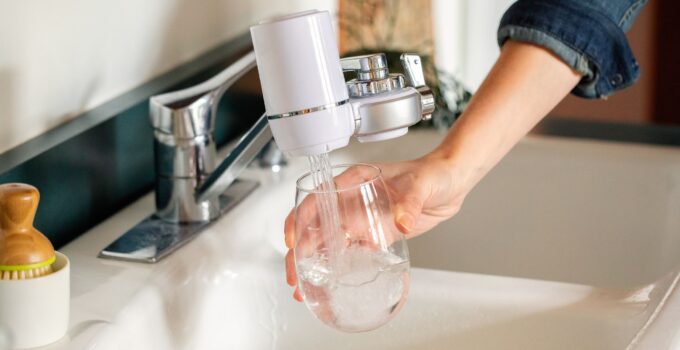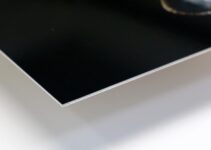A water cleaner is a device designed to remove rust, sand, silt, heavy metals, microbes, limescale, and other impurities from liquid. The use of such goods makes it possible to obtain clean, pleasant-tasting liquid from an ordinary water supply system.
How do Purifiers Work?
When answering the question “how do water filters work?”, note that the mechanism of operation depends on its design and purpose. All filtering systems are divided into two main types:
- For liquid purification for technical needs, but not for internal use. They remove particles from the liquid, which can negatively influence the operation of household appliances (for example, washing machines or dishwashers).
The cleaning process is carried out mechanically, using a fine mesh or cartridge. As it becomes dirty, the mesh is removed, cleaned, and reinstalled. Clogged cartridges are replaced with new ones.
- For absorbing poisonous impurities from drinking water, fine purifiers are used. The principle of operation is the separation of microparticles with a size of 5 microns or more by filtration using sorption materials, Ion exchange resin, or reverse osmosis membrane. Often, such systems are installed after coarse cleaners.
Pros and Cons of All Purifiers
The main benefits of all cleaning systems are:
- Protection of household appliances, extension of their service life.
- Human health protection and preventing harmful contaminants from entering the human body. Some types of filters protect against contamination by bacteria, viruses, and other pathogenic microorganisms.
- Receiving tasty water without contaminants, tastes, odors.
Most of the models are easy to install and operate, take up little space, and have an attractive design.
The disadvantages include the high cost of some purification systems, although there are quite affordable models.
Some systems are large. They are difficult to install, which requires additional costs for maintenance. Almost all systems require periodic filter cleaning and cartridge replacement.
Attention! Filters with the highest degree of purification clean water from heavy metal salts, impurities, and microbes. But together with undesirable contaminants, they can remove mineral elements useful for the body.
Types of Purification Systems and the Principles of their Functioning
To choose the most suitable filter for each specific case, you should find out the main features of each model and answer the question “how does a water purifier work?”. All the below-mentioned products can be found on filterwater.com.
1. Countertop filters
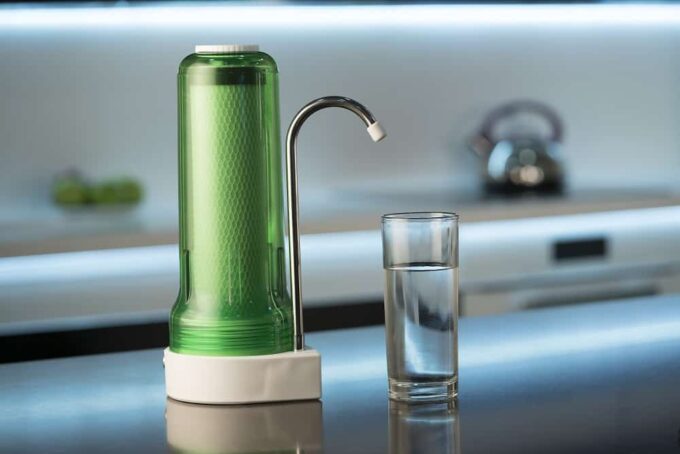
Source: sensibledigs.com
The filter jug is a transparent container with an average volume of 2-5 liters. There are two compartments inside the container, into one of which liquid is poured, and into the second already purified water flows down. There is a cartridge inside the jug, which must be changed every 3-6 weeks, depending on the amount of liquid to be cleaned.
The advantages include:
- High-quality cleaning from chlorine, lime.
- Ease of usage.
- Relatively low cost.
The disadvantages of the product are:
- Inability to remove dissolved salty particles and pathogenic bacteria.
- The need for frequent cartridge replacement.
2. Under-sink purifiers
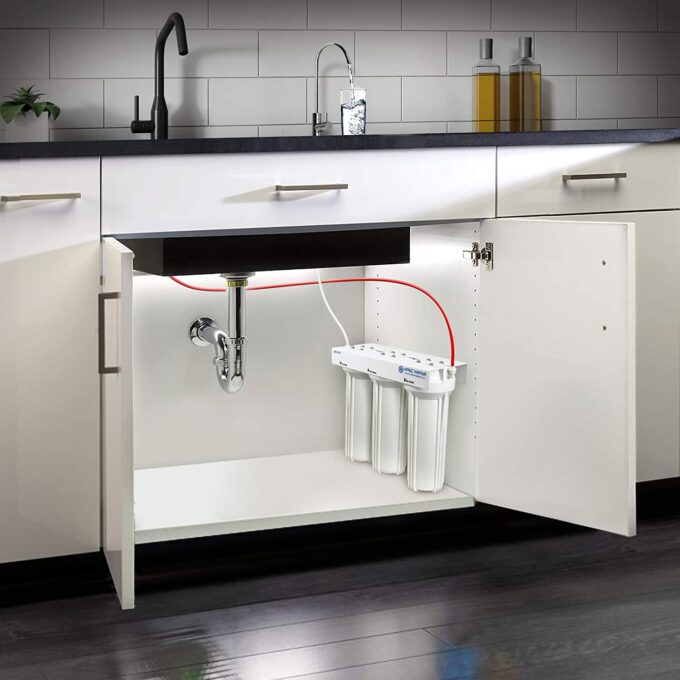
Source: homedit.com
Systems intended for installation under the sink are called stationary. They are connected directly to the water supply network. Most models have a separate tap on the sink surface through which purified liquid is supplied. Systems of this type are equipped with 3-5 filtering sections, which provide multi-stage cleaning. Such sections are made from:
- plastic material;
- glass;
- steel.
The number of containers connected varies from two to five. Each container has a filter cartridge.
3. Reverse osmosis cleaners

Source: sensibledigs.com
The reverse osmosis filter is one of the types of stationary systems installed under the sink. To answer “how does a reverse osmosis system work?”, learn its constituents:
- a reservoir for collecting and storing water,
- membrane,
- mineralizer
- bioceramic cartridge.
Reverse osmosis systems effectively remove up to 99% of impurities from water but because of this, the purified liquid has properties close to distilled water. Thus, mineralizers are often included with such filters.
The productivity of the devices ranges from 150 to 300 liters per day. Their main disadvantage is their high cost, the complexity of installation, and inefficiency (during the cleaning process, a lot of dirty liquid is drained into the sewer (about 2/3 of the total volume).
4. Faucet filters
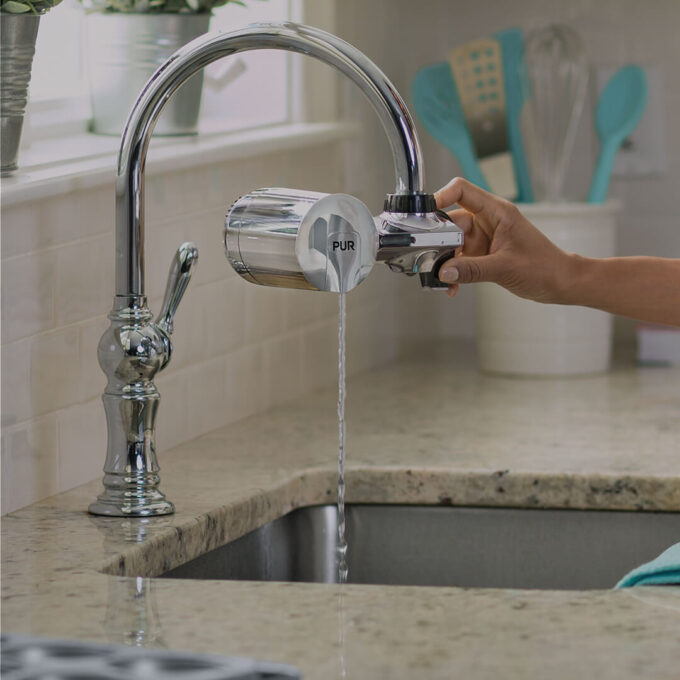
Source: thatsnerdalicious.com
The attachments can be removable or permanent. Depending on the model, the cartridge can purify from 300 to 3000 liters.
Advantages of cleaning attachments:
- relatively low cost,
- ease of installation,
- compactness.
Disadvantages include the need to constantly adjust the pressure of the water in the tap, the low flow rate of the filtered liquid.
5. Whole house cleaners
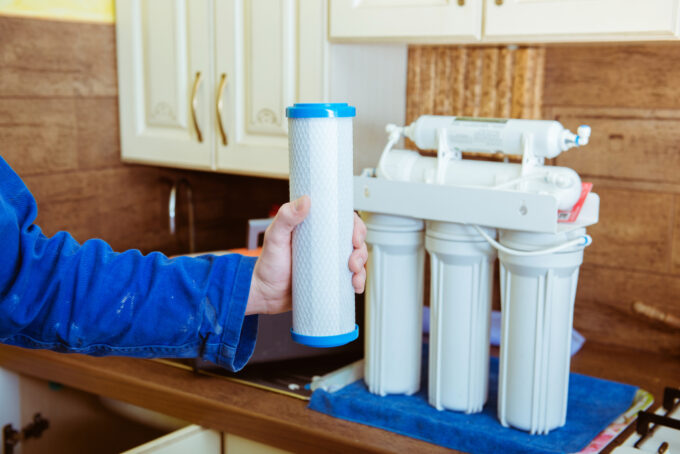
Source: revolutionmother.com
Such devices are designed to be mounted directly on a water pipe. They are used to clean all the liquid that enters your house. The trunk system consists of a steel flask and a plastic collapsible flask, inside which a cartridge is installed. Most often they are:
- propylene,
- corrugated,
- coiled,
- reticulate.
The advantage of the filtering system is the ability to install both on pipes with cold and hot water. The cleaning element effectively removes large particles and various impurities but does not cope well with tiny contaminants and odors.
6. Ultraviolet purifiers
A UV filter is considered the best way to neutralize up to 99.9% of pathogenic microorganisms. The principle of operation is based on the treatment of running water with ultraviolet light. The technology is actively used by municipal suppliers, individuals, beverage bottling plants
The UV lamp inside the tank is protected from liquid by a quartz glass sleeve. The emitter operates on mercury vapor. The substance is stored in the system in the form of balls, which, when evaporated, become fuel for the lamp.
7. Shower filters
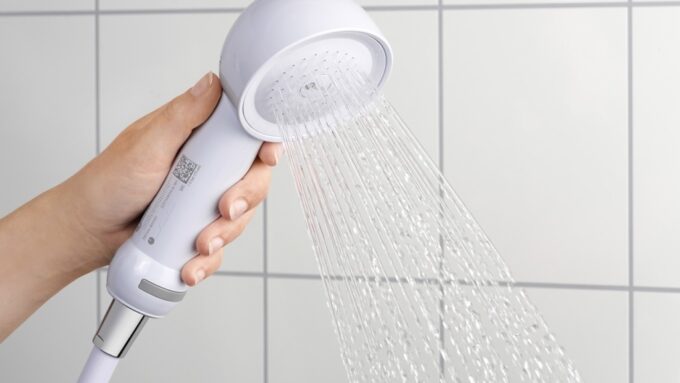
Source: t-safe.com
A special nozzle is installed on the showerhead. First, water enters the nozzle, where it is cleaned. The mechanical element catches sand, rust, and other suspended matter. The main working layer removes up to 95% of heavy metals, chlorine organic matter, active chlorine, arsenic. Mechanical post-filter removes insoluble compounds and sediment on the bottom.
8. Refrigerator filters
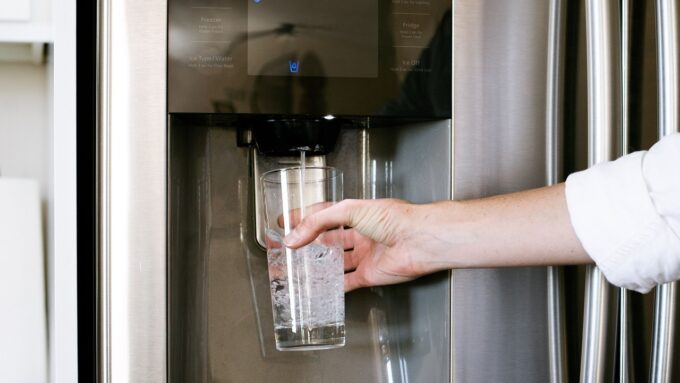
Source: thespruce.com
This solution is ideal for people who like to add ice cubes to drinks. To do this, liquid can be quickly and easily frozen in the refrigerator. For this, an ice maker with a special water filter must be installed. It removes chlorine, lead, and other particles from liquid. In addition, it protects the refrigerator from clogging and extending its service life.
Now, you know the answer to the question “how does water filtration work?”. This guide will help you pick the most appropriate model for your needs.

